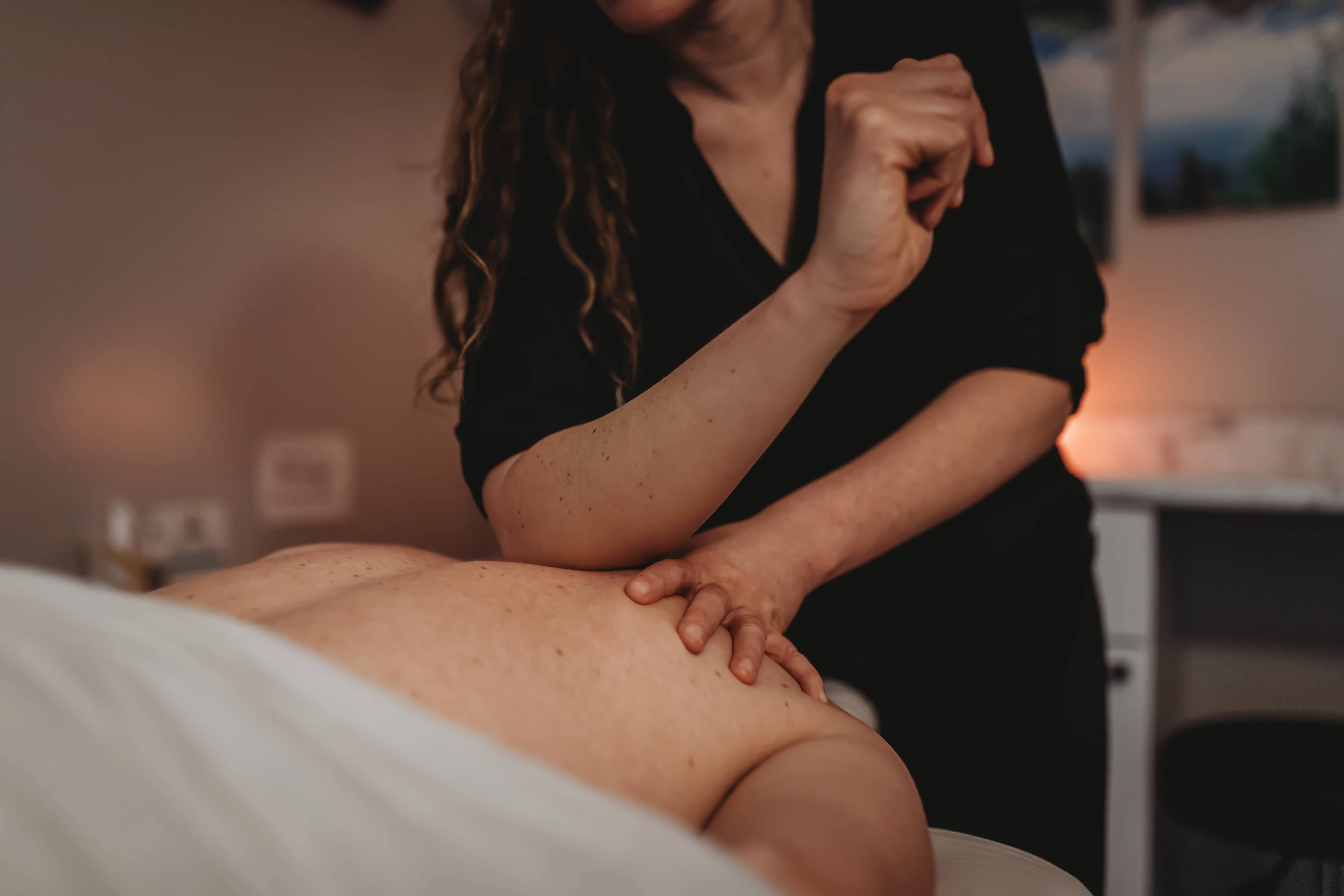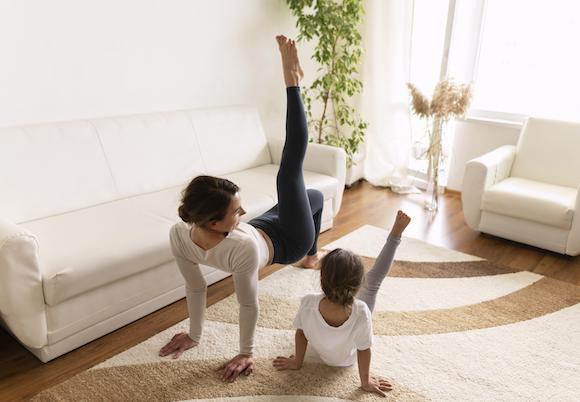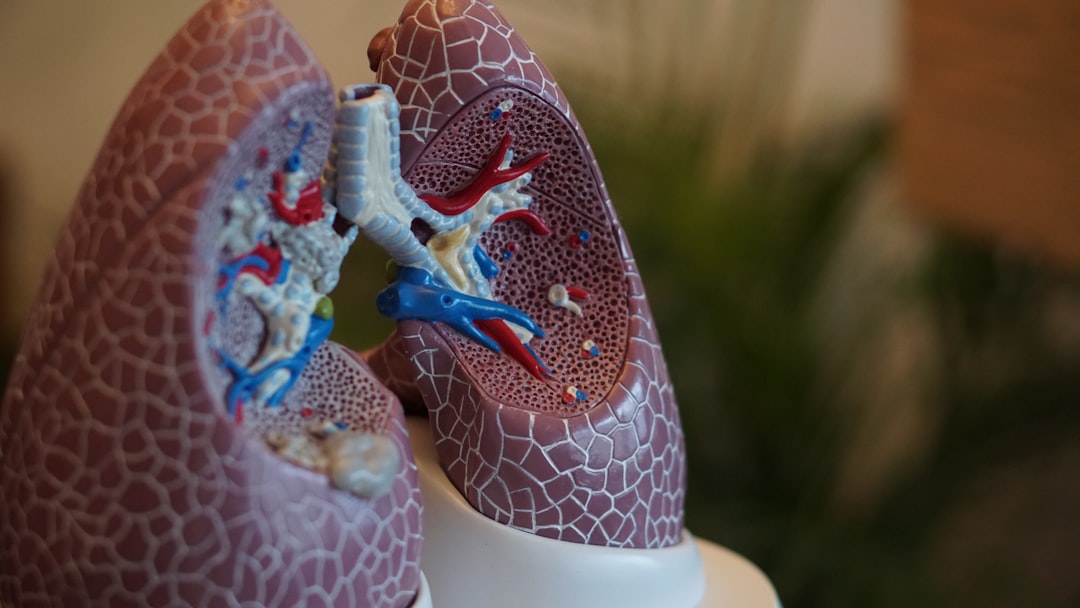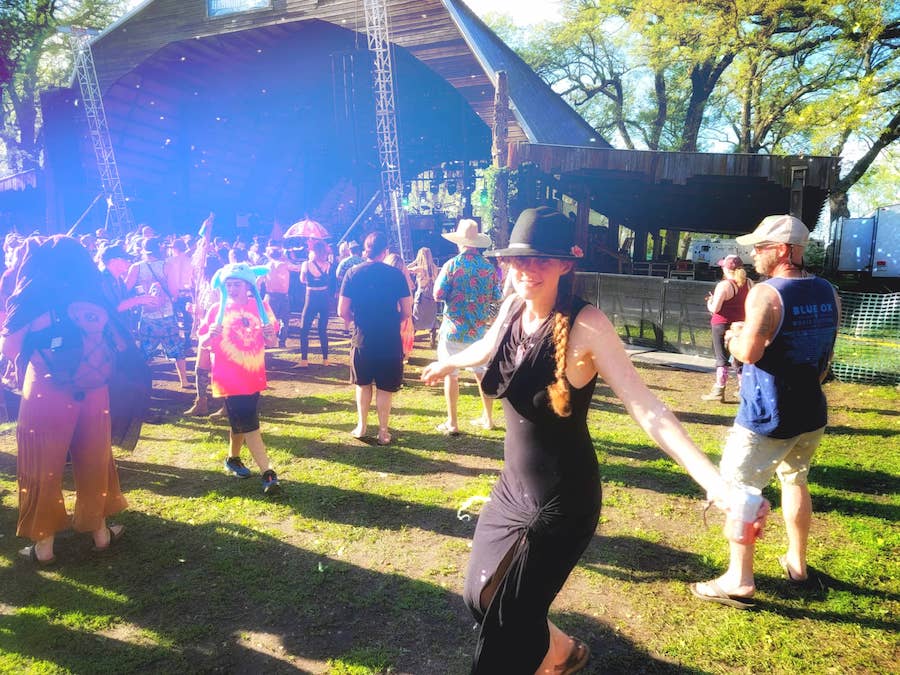Do You Get Sore After Massage?

https://www.caitbielefeldt.com/
Have you ever gone in to get a kink in your neck worked out by your massage therapist, and for the next day or two, felt like there was more soreness than there was before? Or perhaps you acquired a mild headache that seemed to just linger for a day or so.
This is somewhat common, actually.
Think of it as massage-induced DOMS, or delayed onset muscle soreness. This, however, is called post-massage soreness and malaise (PMSM). DOMS, as we mostly know it, is the muscular soreness you feel the day after a workout. When you are exercising, you are basically tearing your muscles apart so they can grow back stronger.
In therapeutic massage, we are pretty much doing the same thing. The therapist is using manual pressure to break apart adhesions, such as trigger points so that your body can repair the muscles back to their optimal state. It’s microdamage, really, but, such as you lift weights to become stronger, this microdamage occurs so your muscles can repair themselves without those “knots.”
What the soreness is not…
I’ve heard this many times, from many, many people in my industry. The soreness is somehow related to lactic acid buildup in the muscle. I may have even added to the narrative back when I was learning massage. (Hey, if all my colleagues were saying it, how untrue could it be, right?)
It’s not lactic acid...
Lactic acid is that burning sensation you feel in your legs on that last 10-yards of a 100-yard sprint, the intense, fiery sensation that you can push through for a small while to finish those last few yards, but you could not sustain for long. When you stop sprinting, that burning dissipates almost immediately.
Lactic Acid cycles through your system through something called the Cori Cycle.
Let me explain this as simply as I possibly can.
Your muscles use this stuff called ATP when they are working, which is basically energy. A process called glycolysis produces ATP, which takes glucose from your system and turns it into this energy source.
If you are running, for example, and you are getting close to your maximum mileage, the supply of oxygen to your system becomes limited and the process your system is using to produce that energy stagnates, causing a buildup of what is called pyruvic acid. Pyruvic acid is basically what your system is making in order to produce ATP, but without oxygen, the process gets stuck at this phase, and the pyruvic acid can’t go on to become the ATP, or energy, your body needs.
But you’re still running, so glycolysis must continue and the pyruvic acid is turned into lactic acid instead.
You can continue on like this for a little bit, but eventually, the lactic acid causes muscle cramps and pain, which will at some point very soon make you stop running whether you like it or not.
Once you’ve stopped, the lactic acid then diffuses back into your bloodstream and is sent to the liver where it is processed back into pyruvic acid, then back to glucose, then re-sent to your muscles, and within an hour or less, all lactic acid has been dissolved from your muscle tissues (1).
So what is it then?
Post-Massage Soreness and Malaise (PMSM) is what you are actually experiencing, and it's estimated that about 10% of massage clients will get it.
Post-Massage Soreness and Malaise happens when a massage therapist works deeper or more rigorously than what you have been previously accustomed to, and the after-effects leave you sore, tired, or, in some rare instances, a little sick the day after a massage.
There are people who will get it with some massages and not others, even from the same therapist. Sometimes, it occurs when you haven't had a massage in a while, or if it's your first time, then not so much after that. The occurrence of PMSM isn't always consistent and is subject to different factors.
How to Prevent PMSM
If you love getting a massage but aren’t down with the PMSM, here are a few tips that can help.
1. If you are a massage newbie...
If you are a novice massage client, this may happen because your body is not used to being worked on in that way. It’s good to start out gradually, not having the therapist work too deeply until you both know what your body can handle. Everybody is different in how much pressure and depth their muscles can take, and often, I see clients thinking they can take a lot more than their body really seems to want.
If you do end up really sore the day after a massage, let your therapist know so that they can adjust their pressure or technique accordingly, but know that it will likely get better with time and consistency.
As your body becomes accustomed to getting poked and prodded and rubbed down in this way, the soreness you experience will begin to decrease.
When it comes to massage, there is no such thing as, “no pain, no gain.” You nor the therapist get any extra brownie points for taking your breath away.
Communicating with your therapist is very vital here. Even during the massage, if they hit a particular muscle that makes you want to slither off the other side of the table, but you hold your breath to endure it instead, this is a sure sign they are going too deep.
Some points will be a little sorer than others, such as trigger points, for example, so feeling a bit of soreness as your therapist hits a certain spot isn’t necessarily a sign they should stop. If you are still able to breathe deeply and relax, and that soreness dissipates after a few seconds, then that was a lot more productive than the aforementioned situation. However, pay attention to how that area feels the next day.
I have definitely gotten DOMS from workouts I thought I could handle, and how your body feels after is the most sure-fire sign of how effective that massage or workout actually was.
2. Treat a massage like a workout.
If you did leg day yesterday, you aren’t going to wake up this morning to do leg day again.
Your body needs to recover from a therapeutic massage the same way your recovery time is essential when you exercise. This is even more essential if you do happen to end up sore.
Light stretching can help, as it helps preserve the benefits of the massage, the way you would stretch after working out.
A light walk may help too. If you are feeling sore, moving your muscles can help alleviate that by ensuring blood flow stays consistent in those achy muscles, but don’t do anything too rigorous, just yet. A light walk around the neighborhood or with your dog may be a beneficial post-massage activity.
3. Don’t wait until you are sore or stiff to go back again.
I have a handful of clients who I don’t see too often, but when they do show up, it’s because the tension has gotten so bad that they just can’t take it anymore.
Getting a massage on a regular basis is a good way to keep the tension you build up from living in the real world at bay. It is a great way to decrease stress and anxiety and get your body into its “rest and digest,” state of being.
If you wait until you’re really hurting, then we’re just starting from the ground up every time...
When muscles get fatigued, they hold on to one another for support, creating a sticky feeling between your muscles (to me, the MT). Massage can help separate these muscles from each other, create length in the muscles, and improve your overall range of motion, so that you can do whatever it is that you do, whether you run marathons or work behind a bar, more pain and tension free.












If you enjoyed this article or recipe, please consider giving it a comment! It helps others discover my blog and recipes, and your comments always make my day :) Thank you for your support!
Your email address will not be published. Required fields are marked *